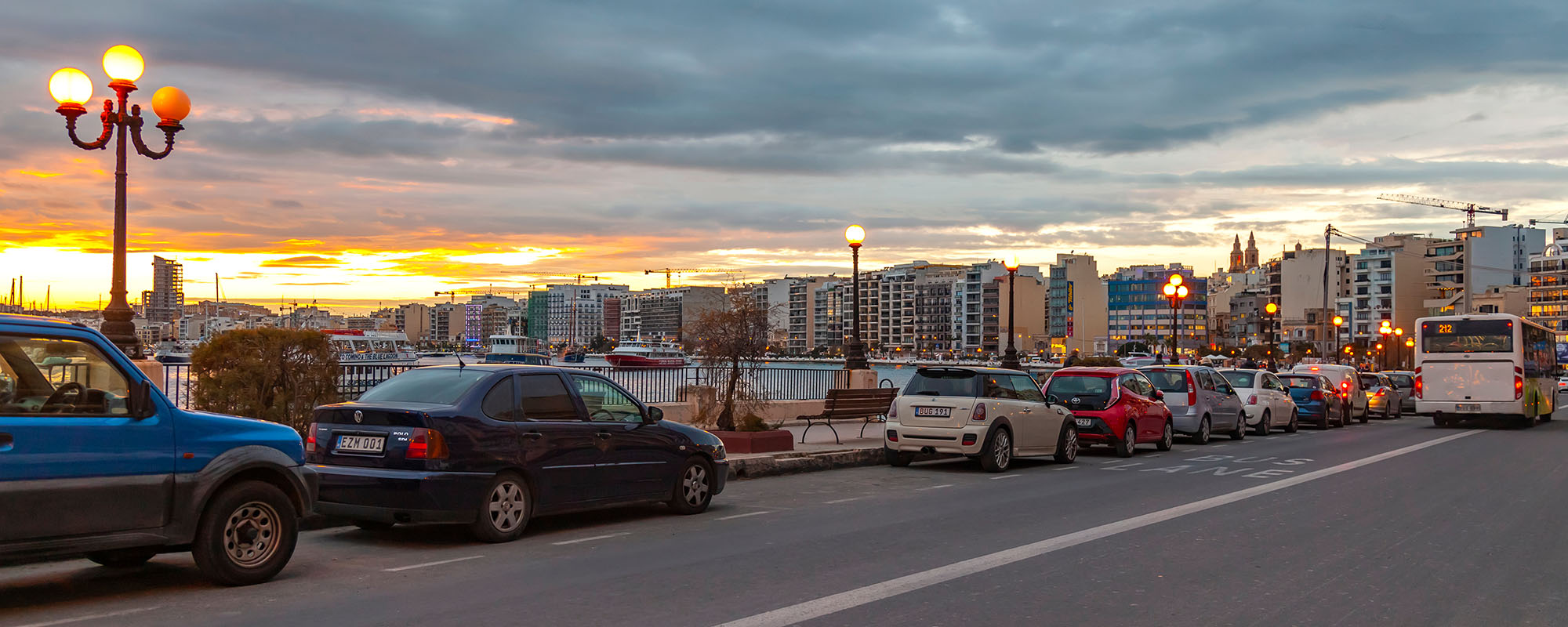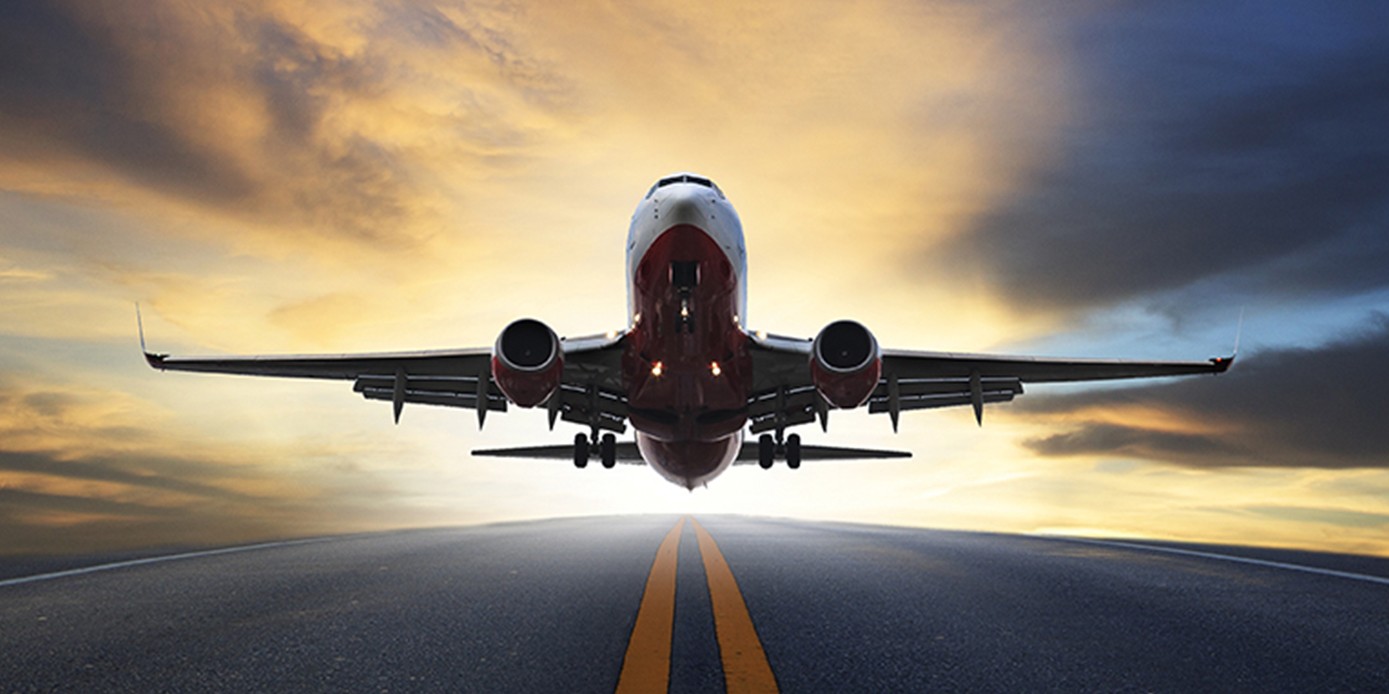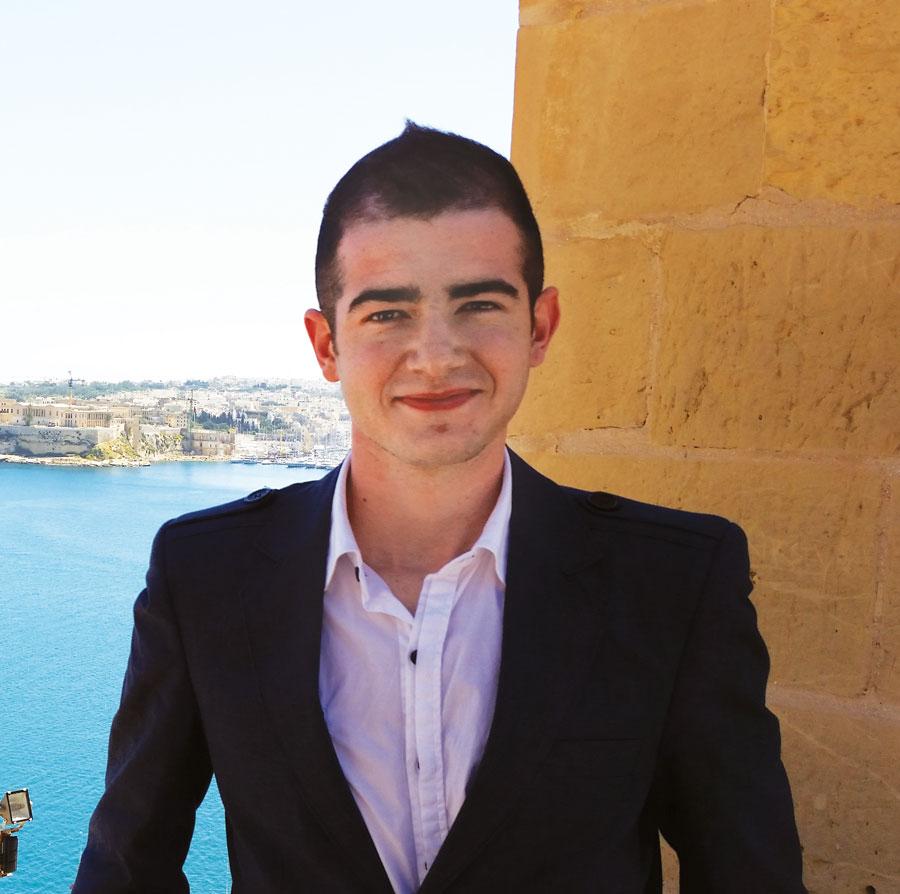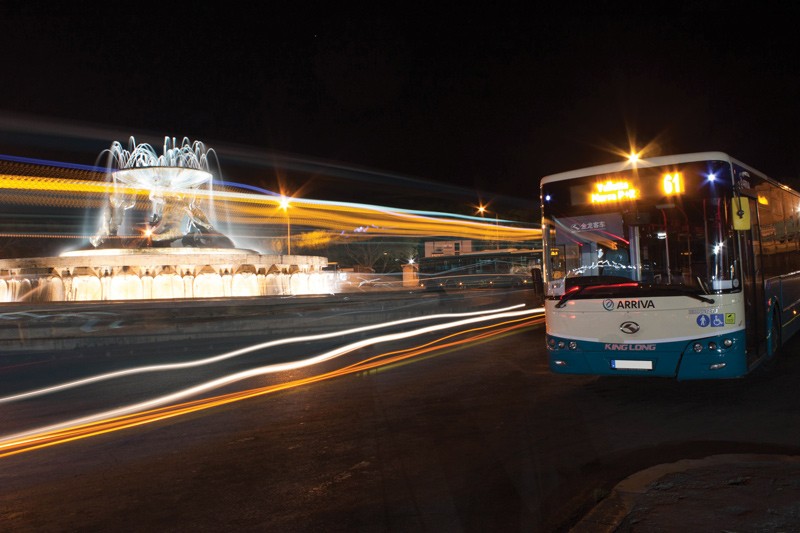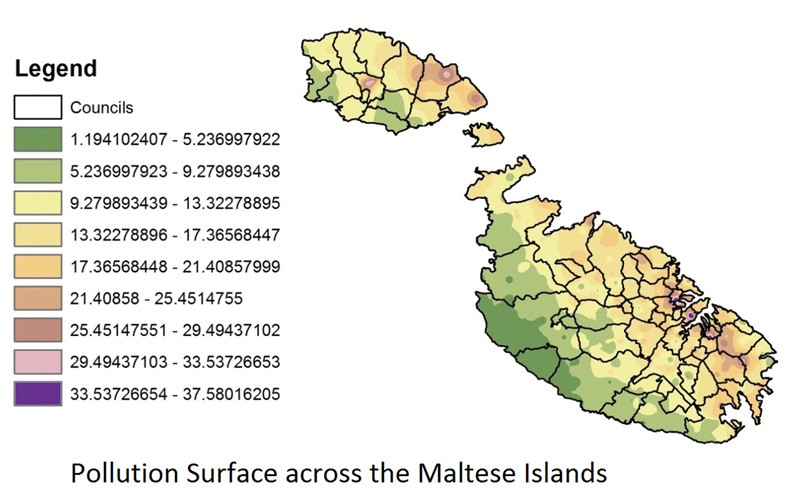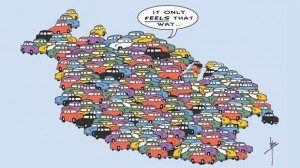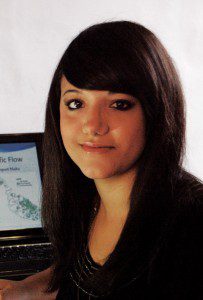In cities, pollution remains a pressing environmental concern for pedestrians. THINK sits down with Prof. Ing. Daniel Micallef and Dr Edward Duca from UM, who are using plants and physical barriers to combat traffic-generated pollution.
Continue readingUnderstanding motorcyclists for safer driving
Motorcycle riders are often seen as risk takers, branded as transportation scapegoats. Until now. Prof. Ing. Philip Farrugia and his team at the University of Malta are shedding light on the issue of road safety and critical needs for keeping the community safe and reducing deaths.
Continue readingUp, up and away!
How do aerospace research engineers test new cockpit technologies without having to actually fly a plane Answer: flight simulators. These machines give pilots and engineers a safe, controlled environment in which to practise their flying and test out new technologies. In 2016 the team at the Institute of Aerospace Technologies at the University of Malta (IAT) started work on its first-ever flight simulator—SARAH (Simulator for Avionics Research and Aircraft HMI). Its outer shell was already available, having been constructed a few years back by Prof Carmel Pulé. From there, the team built the flight deck hardware and simulation software, and installed all the wiring as well as side sticks, pedals, a Flight Control Unit (FCU) and a central pedestal. The team constructing the simulator faced many hurdles. The biggest challenge was coordinating amongst everyone involved in the build: students, suppliers, and academic and technical staff. Careful planning was crucial.
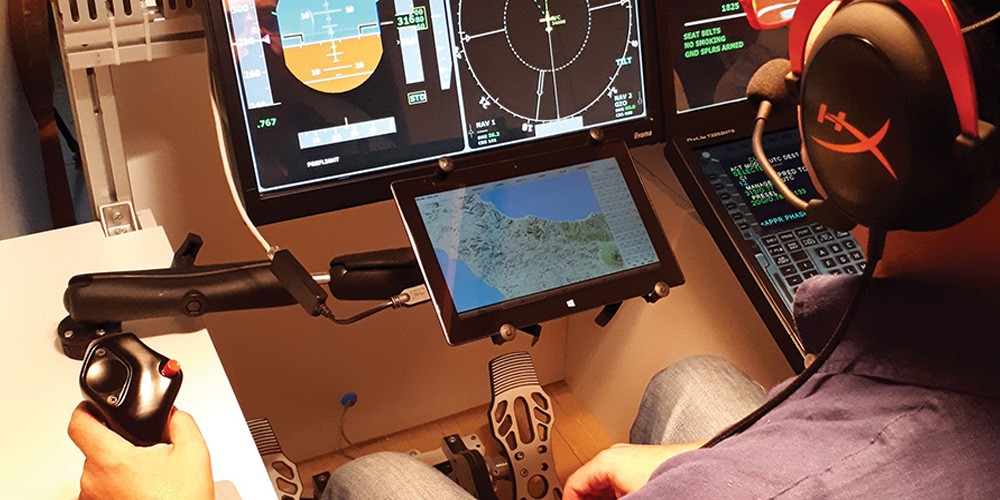
The result is a simulator representative of an Airbus aircraft. However, it can also be easily reconfigured to simulate other aircraft, making it ideal for research purposes and experimentation. The Instructor Operating Station (IOS) also makes it possible to select a departure airport and change weather conditions.
One of the first uses of SARAH was to conduct research on technology that enables pilots to interact with cockpit automation using touchscreen gestures and voice commands. This research was conducted as part of the TOUCH-FLIGHT 2 research and innovation project (read more about this in Issue 19).
Going beyond the original aim of SARAH being used for research purposes, the IAT is also using the technology to educate graduates and young children in the hope of sparking an interest in the field. Earlier this year, a group of secondary school students flew their own virtual planes under the guidance of a professional airline pilot.
Looking ahead, the IAT plans to incorporate more state-of-the-art equipment into SARAH to increase its capabilities and make the user experience even more realistic. There are also plans to build other simulators—including a full-motion flight simulator and an Air Traffic Control simulator—and to connect them together to simulate more complex scenarios involving pilots and air traffic controllers; a scenario that would more closely resemble the experience of a real airport.Project TOUCH-FLIGHT 2 was financed by the Malta Council for Science & Technology, for and on behalf of the Foundation for Science and Technology, through the FUSION: R&I Technology Development Programme.
Author: Abigail Galea
The future of transport
By Brandon Spiteri
The world has globalised. People and cargo need to get about in cheaper, faster ways that use better transport technologies. Magnetic levitation is one way to achieve higher speeds at a cheaper fuel cost whilst offering a smoother ride. There is less friction since the vehicle floats on electromagnetic waves that make this transport method very efficient.Continue reading
Time to evolve
Urban areas suffer from crippling traffic issues and gross water wastage. The University of Malta could become a living experiment to test innovative solutions to these problems. Words by Natasha Padfield.
Continue readingTo drive or not to drive
Rush hours, feasts, festivals, beaches in summer, Paceville on Saturday night, all have one thing in common: traffic. Malta has one of the largest traffic problems in the world. Researchers at the University of Malta are trying to figure out what can be done to ease road rage and reduce drivers’ lost time.
Continue reading
Bad traffic, bad air
Air pollution is one of Malta’s greatest concerns. Transportation is the principal source with over 300,000 vehicles belching out smoke, which damages our environment and health. Emissions from vehicles need to be monitored and controlled, and the information used to improve the current system and ensure an acceptable air quality.
In Malta, air pollution levels are monitored by MEPA (Malta Environment and Planning Authority). MEPA has 131 diffusion tubes that take monthly measurements of air pollution levels. The pollution data set used ranges from 2004 to 2011. On the other hand, Transport Malta (TM) measures traffic flow along the main arterial roads. By using the pollution data set, Nicolette Formosa (supervised by Dr Kenneth Scerri) mapped the air pollution levels and major sources around Malta.
MEPA and TM take measurements at different locations. To overcome this problem, the pollution data set needed to be interpolated to extend over the whole of Malta. By interpolating the pollution measurements using mathematical models, traffic and pollution levels can be directly compared.
Malta was divided into four zones. The Grand Harbour area had the strongest link between traffic and pollution. The central area has a strong overlap but this decreased on Saturday and more so on Sunday. The north and south parts of Malta experienced lower levels over weekends. However, the northern area has a stronger link during weekdays. The areas of Floriana and St Julian’s had a remarkable link between pollution and traffic, lighting a red bulb marking priority areas for the authorities to tackle.Overall, Malta’s air pollution problems are interwoven with its traffic volume. This highlights a problem which needs both scientific and political measures to tackle. Formosa’s studies need to be taken a step further, “there needs to be a statistical means to interpret the data of air pollution measured against traffic flows in the same areas“ said Hon. George Pullicino, Minister for Resources and Rural Affairs. If implemented, the research could help lower health care costs in Malta while improving the quality of life.
This research was performed as part of a Bachelor of Electrical Engineering (Honours) at the Faculty of Engineering.

